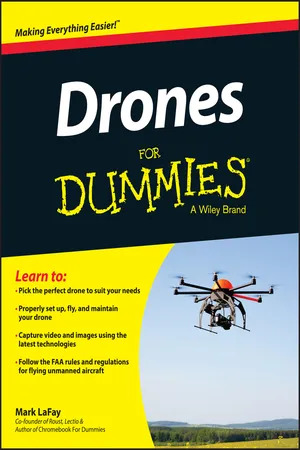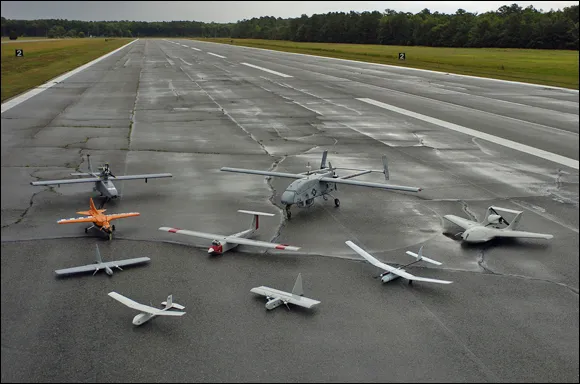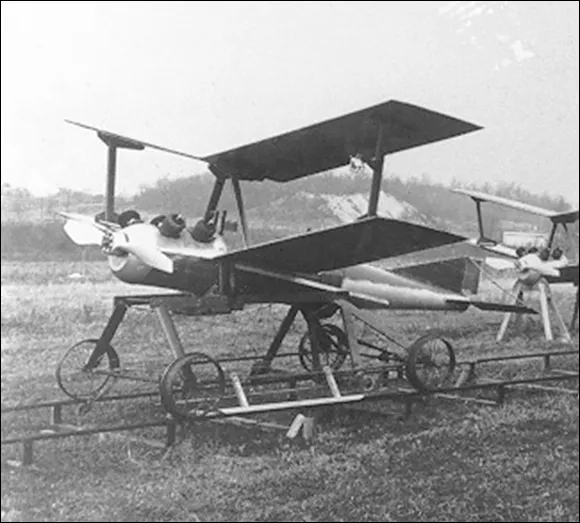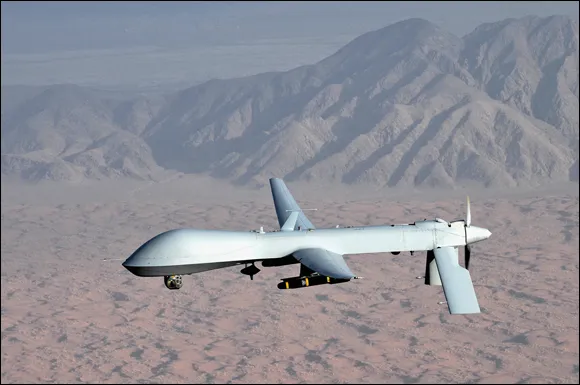In This Chapter
Getting a brief history of drones
Knowing the various types of drones
Understanding the different uses for drones
In this chapter, you take a close look at various types of drones and their applications. You gain an understanding of the differences between drones, UAVs, and RC devices. You even see how drones are used in modern warfare, as well as how they were used in world wars.
Many different types of drones are available for the general public. In this chapter, you see the differences between planes, helicopters, multi-copters, and tiltrotors. You get a glimpse of how average Joes are using drones for hobby flying, aerial video, and aerial photography. You even get a look at how drones are being used for commercial purposes by high-flying drone companies.
Before the chapter kicks off, please make sure that your seatbacks and tray tables are in their upright and locked positions. Ensure your carryon is stowed under the seat in front of you, and your seatbelt is securely fastened low and across your waist. It’s time for take-off!
What Are Drones?
When you hear the word drone, what is the first thing that comes to mind? If you’re like most people, you have visions of military jet-powered aircraft taking out bad guys in a warzone. Or maybe you think of a helicopter hovering outside your home gathering surveillance footage of your mom’s secret meatloaf recipe. A high-powered, very high-tech, unmanned aircraft is what probably comes to mind, as shown in Figure 1-1.
The term drone is somewhat misleading when used to describe the high-flying marvels of modern technology. In reality, drones were not always so high-tech. Drones date back as far as the mid 1800s, when the Austrians used balloons filled with bombs to attack Venice. The balloons were launched with a trajectory but there were no advanced piloting controls to guide them to their intended destination. Drones also appeared in the 1900s when they were used by the American military for target practice as a mode of training troops.
It wasn’t until the 1930s that remotely piloted vehicles, RPVs for short, were developed. RPVs were first rolled out to train anti-aircraft gunners going into World War II. They were later used to carry out attack runs on Nazi Germany. Remotely Piloted Vehicles are unmanned aircraft that are controlled by a pilot or piloting system located outside of the vehicle. Figure 1-2 shows a World War II era RPV.
RPVs are high-tech versions of the hobbyist’s remote controlled (RC) aircraft. Remote controlled aircraft are aerial vehicles that are controlled by a ground operator using a handheld piloting system that communicates using radio frequencies. Hobbyists around the world have been flying RC planes since the ’40s and ’50s.
Unmanned Aerial Vehicle, or UAV, is the term most commonly used today to described what the world has come to know as drones. UAVs can be controlled using a milieu of high-tech communication protocols like GPS and other satellite communications. UAVs can be remotely piloted by a human, team of humans, or a computerized piloting system. UAVs can also be fully autonomous. How’s that for artificial intelligence? Autonomous UAVs are given instructions and then they take off, fly, carry out orders, and land. All without the assistance of humans.
Other terms used to describe drones include remotely piloted aircraft (RPA), remotely operated aircraft (ROA), unmanned aircraft system (UAS), and just recently the FAA (Federal Aviation Administration) adopted the term Unmanned Aircraft (UA) to describe aircraft without flight crew. For the sake of consistency throughout this book, and to be congruent with current trends and vernacular, we will use the term drone to describe the high-tech consumer and commercial drones that we all know and love.
Drones and the Military
Drones have played a role in the theater of war for over a century. From the bomb-filled balloons of the 19th century to modern drones that resemble something from science fiction, drones have evolved as they have taken center stage in modern warfare and domestic security operations. Currently, the CIA uses drones primarily to carry out surveillance, although they have some authority to use drones to carry out strikes. The U.S. Armed Forces use drones to carry-out surveillance and combat missions and the department of homeland security uses drones to monitor the American borders.
The U.S. Government currently uses and is testing several high-tech drones, called unmanned aerial systems, or UAS, for short. The following sections offer a brief description and photo of each of the UAS.
General Atomics Predator
The Predator drone was first conceived in the early 1990s but didn’t actually see use by the federal government until the mid to late ’90s. It was originally used for surveillance and reconnaissance but later was fitted with a combat payload, primarily Hellfire missiles which are an air-to-surface, 100 lbs., rocket-powered missile. The predator’s remote piloting system has evolved greatly since the ’90s. Advancements in satellite technology has made it possible to manage remote takeoff, landing, and flight from thousands of miles away. There are several hundred predators in use by the U.S. Air Force (USAF) and the CIA but they will be slowly phased out and replaced by the newer version, the Reaper. Figure 1-3 shows the USAF’s Predator drone.
General Atomics Reaper
The Reaper is the newest evolution of the famed predator drone. It is faster, more powerful, and more capable in surveillance and combat scenarios. The reaper can fly for 42 hours without a munitions payload and 12 hours with a full munitions payload. The reaper is also capable of carrying several different arms such as laser guided bombs, air-to-surface missiles like the Hellfire, and it will soon be capable of carrying and using air-to-air attack missiles for aerial combat. The Reaper is staked with surveillance capabilities and is rumored to be able to read a license plate from a distance of 2 miles. The advancements in technologies have made the reaper a prime candidate for domestic surveillance, disaster assistance, border monitoring, and homeland security. Figure 1-4 shows the USAF’s Reaper drone.









